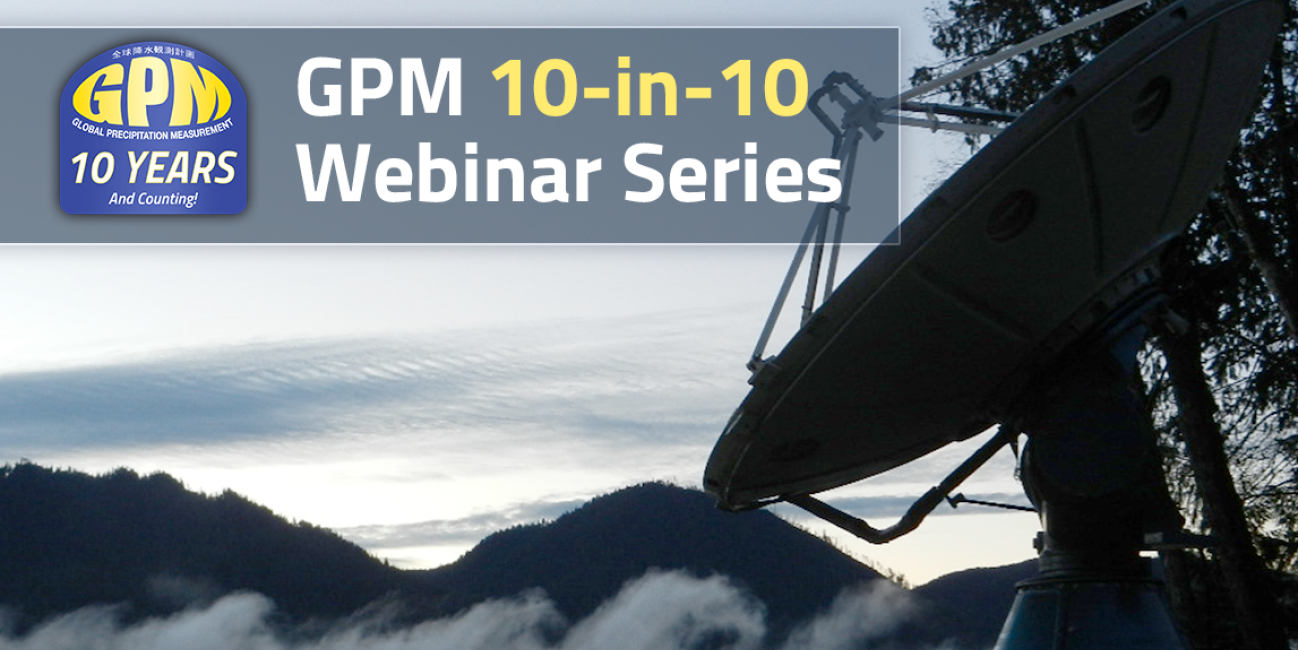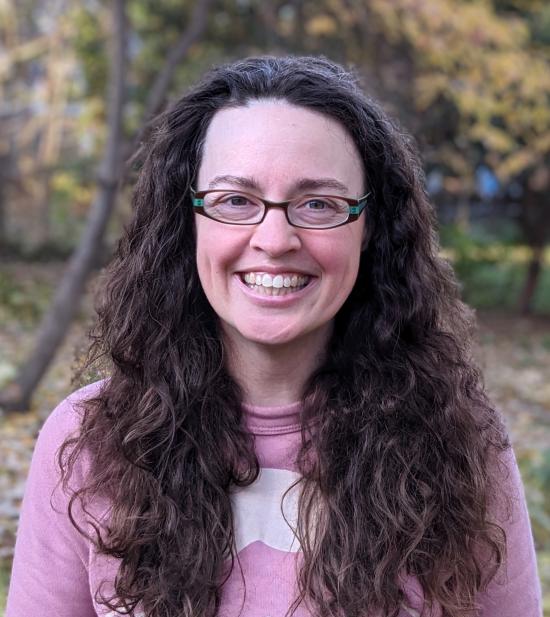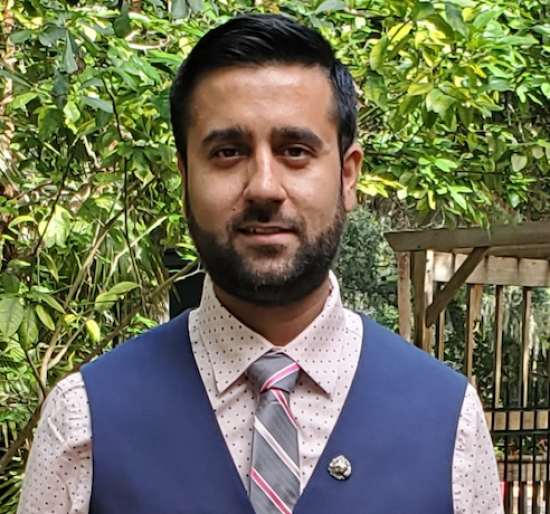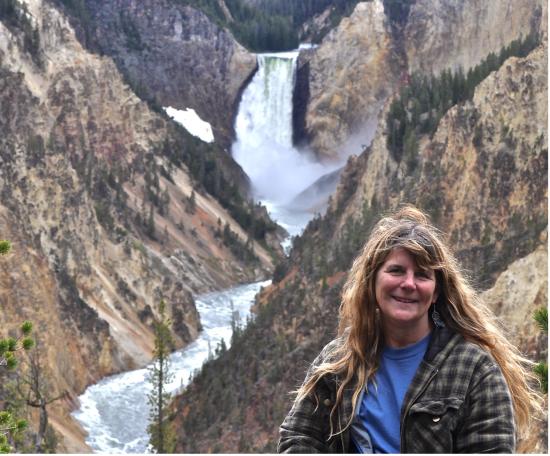
Webinar 9: Ground Validation
Oct 10, 2024, 8:00 p.m. ET
Overview
It is amazing that NASA’s Earth-observing satellites can collect data from around the globe to help us better understand and protect our home planet! Have you ever wondered how we compare the data we obtain from satellites with data we collect on the ground to ensure that satellites are accurate with their measurements? Join us to learn about ground validation efforts that must be completed to ensure that our global precipitation data is accurate. You will also learn how you can contribute to the vast array of freely available NASA-sponsored data through The GLOBE Program.
View Resource Packet
Speakers
Brian Campbell
Brian Campbell serves as a federal government contractor, with GST, Inc, at the NASA Wallops Flight Facility Earth Sciences Field Office in Wallops Island, Virginia. He is the Earth Science education and communication point-of-contact at Wallops and serves as the education lead for the Ice, Cloud, and land Elevation Satellite-2, Lead for the Trees Around the GLOBE Student Research Campaign, and Trees Science Lead for the NASA GLOBE Observer, all part of the NASA Science Activation Program’s NASA Earth Science Education Collaborative (NESEC). Brian also serves as an advisor for the NASA Science Activation AEROKATS and ROVER Education Network (AREN) Team.
David Wolff
David B. Wolff is currently the Assistant Chief for the Mesoscale Atmospheric Processes Laboratory (Code 612). He also serves as the GPM Deputy Project Scientist for Ground Validation, and the GPM Ground Validation System Manager, where he manages the GPM Ground Validation infrastructure including instruments, field campaign planning and execution, manages GV budgets and grants and funded GV science efforts.
He began his NASA career in May 1988 as a contractor at NASA Goddard Space Flight Center (GSFC) in Greenbelt, MD, and remained there until July 2012. He then transferred to NASA/GSFC Wallops Flight Facility. He was hired as civil servant in September 2012 and was promoted to Office Chief of Code 610.W in September 2016, a position he maintained until a Code 600 reorganization in February 2023.
David is an author or co-author of 100+ peer-reviewed journal publications and served as Editor of the Journal of Applied Meteorology and Climatology from 2014-2016. He is a certified NASA Contracting Officers Representative (COR) and a Task Monitor on two large NASA contracts. His main scientific interests are dual-polarization radar precipitation estimation and classification, particle size distribution retrievals, and validating remote sensing of precipitation systems.
Claire Pettersen
Claire Pettersen is currently an Assistant Professor in the Department of Climate and Space Sciences and Engineering at the University of Michigan. Prior to joining the University of Michigan in 2022, Dr. Pettersen worked as an engineer and research scientist at the University of Wisconsin-Madison for more than 15 years. Dr. Pettersen’s research is focused on cold-season and cold-location precipitation (snow, mixed-phase, rain), as well as associated cloud, thermodynamic, and synoptic characteristics. Much of her research is focused on the mid- and high-latitude regions of the world where the climate is rapidly changing. Dr. Pettersen’s research lies at the intersection of science and instrumentation and utilizes ground-based, airborne, and satellite observations of clouds and precipitation. Additionally, Dr. Pettersen has been involved with either ground-based and airborne field campaigns each year since 2004, including installing and deploying instrumentation on both the Greenland and Antarctic Ice Sheets. Dr. Pettersen’s research is supported by program offices and science teams within NASA, NOAA, and NSF. She was a recipient of the 2019 NASA Early Career Award (New Investigator Program) to investigate snow properties using ground-based instruments such as vertically profiling radars and video imagers. Additionally, Dr. Pettersen is currently a Mercator Fellow for the Arctic Amplification: German Climate Relevant Atmospheric and Surface Processes and Feedback Mechanisms (AC)3 project.
Charanjit Pabla
As a radar meteorologist at NASA Wallops Flight Facility in Wallops Island, VA, Charanjit Pabla operates NASA’s S-Band Dual Polarimetric Radar (NPOL) in conjunction with the Global Precipitation Measurement (GPM) satellite overpass for ground validation support to improve and calibrate satellite based precipitation estimates. Additionally, Pabla conducts radar-precipitation research utilizing various ground-based weather radars (WSR-88Ds) and NPOL as well as ground instruments such as disdrometers and rain gauges.
Pabla graduated with my M.S degree in Atmospheric Science from the University of Alabama in Huntsville and a B.S in Atmospheric Science from the University of Washington with over 6 years of experience in weather forecasting. His areas of expertise are in radar-precipitation physics and dual-polarization radar applications.
Dorian Janney
Dorian Janney has a passion for sharing the wonders of NASA's science and exploration with others across all age levels! For over three decades she taught public school in both special and general education settings across all grade levels. She was an Einstein Fellow Finalist, achieved National Board Certification in Science Education, served on numerous education working groups, and has written science curriculum for the country. She now serves as the GPM Education and Outreach Coordinator, developing resources to help share the science, technology, and real-world applications of GPM with others. She is a Mentor GLOBE trainer, a member of the GLOBE Education Working Group, and supports the GLOBE field campaigns. Her most recent project is leading an effort to engage Lifelong Learners with The GLOBE Campaign’s Citizen Science efforts.






